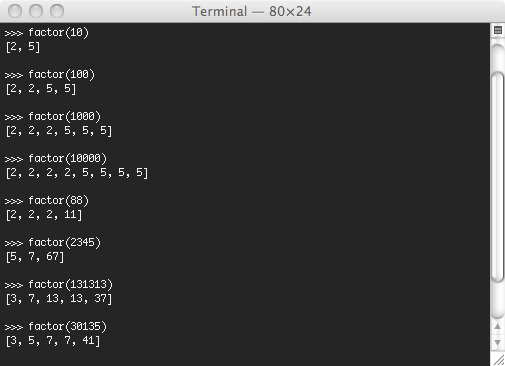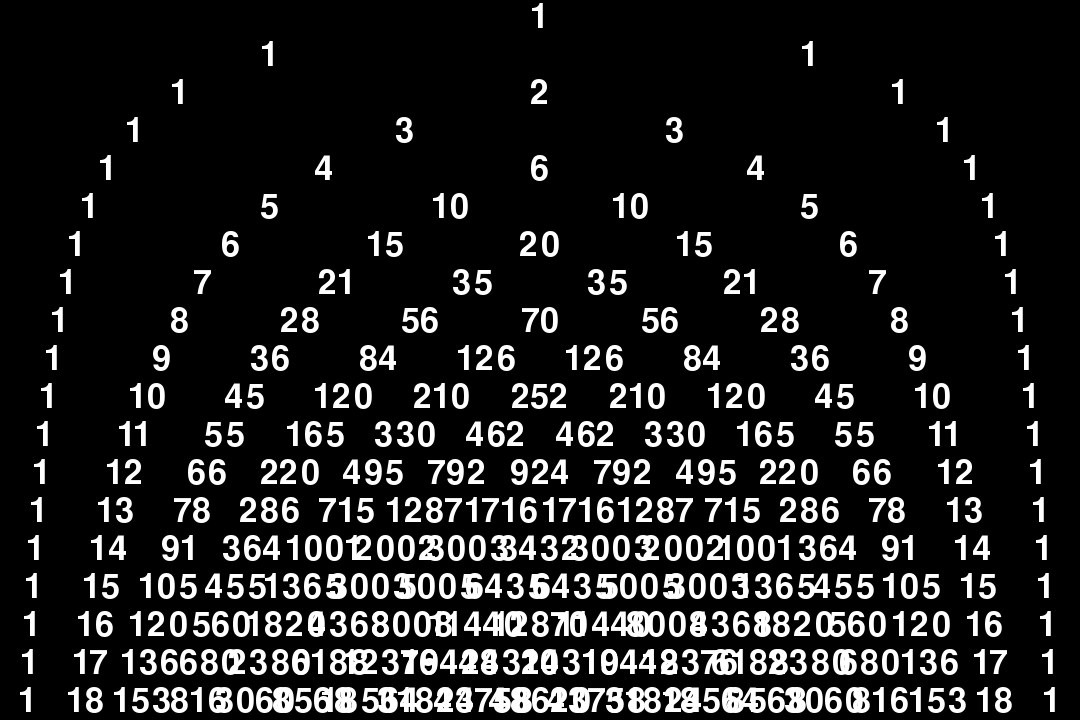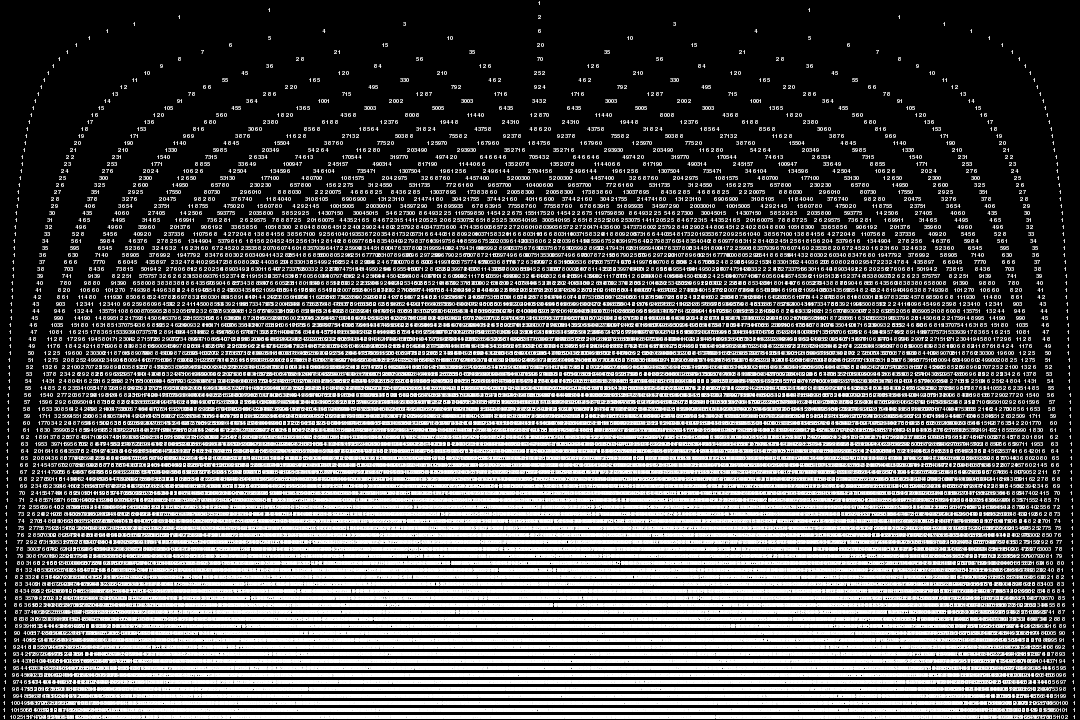So Lynn wondered what the next palindromic prime would be.
To answer this question, I wrote this little Python program to check for palindromic primes. The first 𝟣𝟤𝟢 palindromic primes are shown below.
Based on this list, the smallest palindromic prime larger than 𝟣𝟩𝟣𝟩𝟣𝟩 is 𝟣𝟢𝟢𝟥𝟢𝟢𝟣.
3, 5, 7, 11, 101, 131, 151, 181,
191, 313, 353, 373, 383, 727, 757, 787,
797, 919, 929, 10301, 10501, 10601, 11311, 11411,
12421, 12721, 12821, 13331, 13831, 13931, 14341, 14741,
15451, 15551, 16061, 16361, 16561, 16661, 17471, 17971,
18181, 18481, 19391, 19891, 19991, 30103, 30203, 30403,
30703, 30803, 31013, 31513, 32323, 32423, 33533, 34543,
34843, 35053, 35153, 35353, 35753, 36263, 36563, 37273,
37573, 38083, 38183, 38783, 39293, 70207, 70507, 70607,
71317, 71917, 72227, 72727, 73037, 73237, 73637, 74047,
74747, 75557, 76367, 76667, 77377, 77477, 77977, 78487,
78787, 78887, 79397, 79697, 79997, 90709, 91019, 93139,
93239, 93739, 94049, 94349, 94649, 94849, 94949, 95959,
96269, 96469, 96769, 97379, 97579, 97879, 98389, 98689,
1003001, 1008001, 1022201, 1028201, 1035301, 1043401, 1055501, 1062601, ... and
(excluding the commutative property).For example,
and that is the only way to multiply prime numbers to get to 𝟦𝟤.





